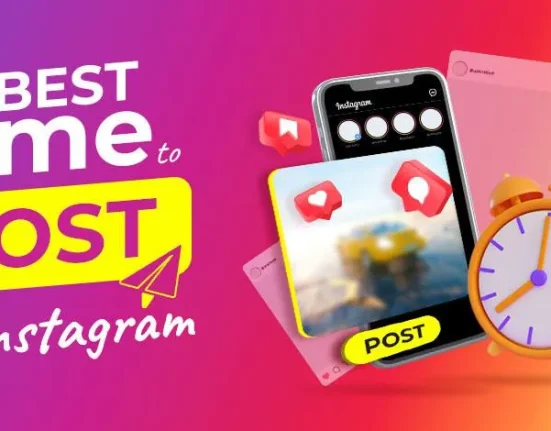Introduction: In the fast-paced world of social media, timing is everything. Posting your content at the right time can significantly impact its reach, engagement, and effectiveness. However, with countless factors influencing user behavior and platform algorithms constantly evolving, determining the optimal posting times can be a daunting task. In this comprehensive guide, we’ll delve into the strategies and techniques for maximizing the impact of your social media posts by identifying the best times to post on various platforms.
- Understanding Platform Dynamics: Each social media platform operates on its unique set of dynamics, including user demographics, behaviors, and engagement patterns. Understanding these nuances is crucial for identifying the optimal posting times. For example, platforms like Facebook and Instagram tend to see higher engagement during peak usage hours, such as mornings and evenings, while platforms like LinkedIn may experience spikes in activity during weekday business hours. By familiarizing yourself with the platform-specific trends, you can tailor your posting schedule accordingly.
- Leveraging Audience Insights: Audience insights and analytics are invaluable tools for determining the best times to post on social media. Most platforms offer built-in analytics tools that provide data on your audience’s demographics, behaviors, and engagement levels. By analyzing these metrics, you can identify patterns and trends in your audience’s online activity, including peak engagement hours and days of the week. Additionally, third-party analytics tools can provide more in-depth insights and allow for more granular analysis of your audience’s behavior.
- Experimentation and Testing: While analytics provide valuable guidance, it’s essential to experiment with different posting times to identify what works best for your specific audience. Conduct A/B tests by posting at different times of the day and week and closely monitoring the performance of your posts. Pay attention to engagement metrics such as likes, comments, shares, and click-through rates to gauge the effectiveness of your timing strategy. Over time, you’ll gain valuable insights into the optimal posting times that yield the highest levels of engagement and reach.
- Consider Time Zones and Geographic Location: When determining the best times to post, it’s essential to consider the time zones and geographic location of your target audience. If your audience is spread across different regions or countries, you may need to adjust your posting schedule to accommodate their local time zones. Many social media scheduling tools offer features that allow you to schedule posts based on specific time zones, ensuring that your content reaches your audience when they’re most active, regardless of their location.
- Aligning with Content Relevance and Timeliness: In addition to considering when your audience is most active, it’s crucial to align your posting schedule with the relevance and timeliness of your content. For example, if you’re promoting a time-sensitive offer or event, you’ll want to schedule your posts accordingly to ensure maximum visibility and response. Likewise, leveraging trending topics, holidays, or cultural events can help increase the relevance and impact of your content, driving higher engagement and participation from your audience.
- Utilize Automation and Scheduling Tools: Automation and scheduling tools can streamline your posting process and ensure consistency in your schedule. Platforms like Hootsuite, Buffer, and Sprout Social allow you to schedule posts in advance, so they’re published at optimal times without manual intervention. By planning and scheduling your content ahead of time, you can maintain a regular posting cadence even when you’re not actively online, freeing up time for other tasks and responsibilities.
- Engage with Your Audience in Real-Time: While scheduling posts is effective for maintaining consistency, it’s essential to engage with your audience in real-time to foster meaningful interactions. Monitor your social media channels regularly for comments, messages, and mentions, and respond promptly to engage with your audience and build relationships. Actively participating in conversations and engaging with your followers not only enhances the user experience but also signals to algorithms that your content is valuable and worthy of promotion.
- Continuous Monitoring and Optimization: The social media landscape is dynamic and ever-changing, so it’s essential to continuously monitor the performance of your posts and iterate your posting schedule based on the insights gained. Keep abreast of changes in platform algorithms, user behavior, and industry trends, and adjust your strategy accordingly. By staying proactive and adaptable, you can optimize your timing strategy to achieve better results and stay ahead of the competition.
Conclusion: Maximizing the impact of your social media posts requires careful planning, analysis, and optimization of your posting times. By understanding platform dynamics, leveraging audience insights, experimenting with different posting times, and aligning your content with relevance and timeliness, you can increase the reach, engagement, and effectiveness of your posts. Additionally, utilizing automation and scheduling tools, engaging with your audience in real-time, and continuously monitoring and optimizing your strategy are essential for maintaining consistency and staying ahead in the ever-evolving social media landscape. By following the strategies outlined in this comprehensive guide, you can maximize the impact of your social media efforts and achieve your marketing objectives more effectively.





